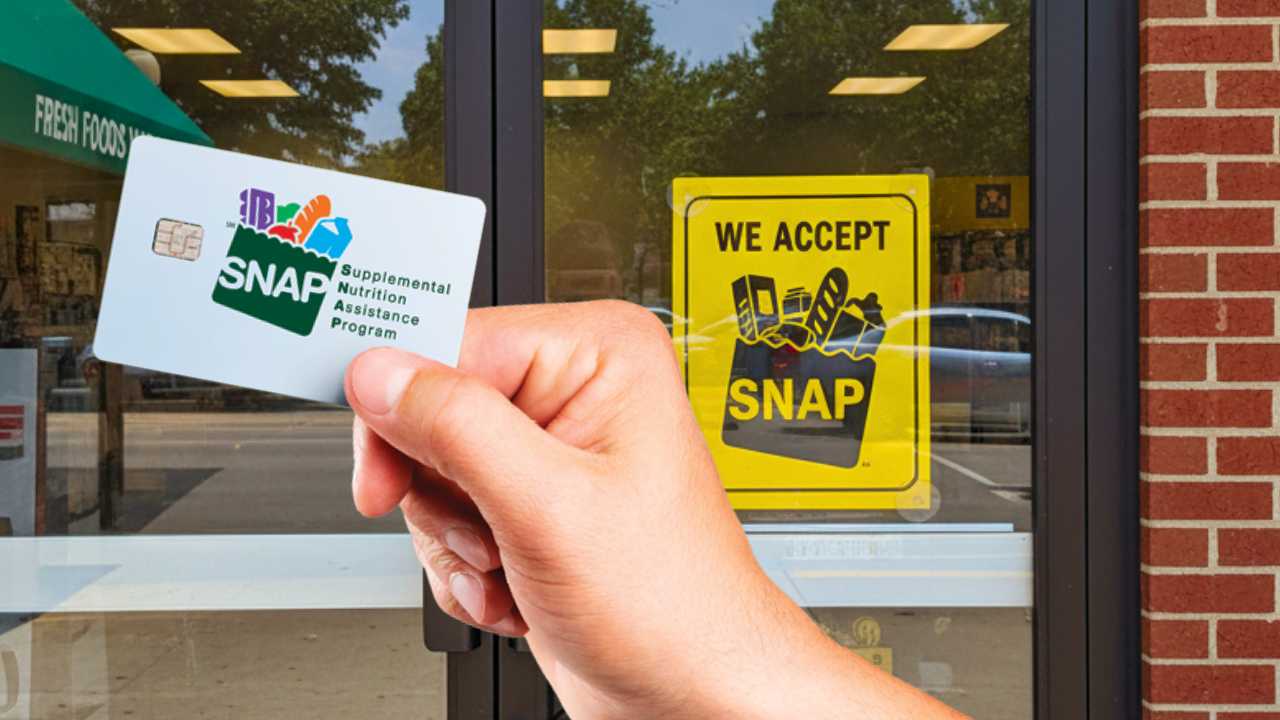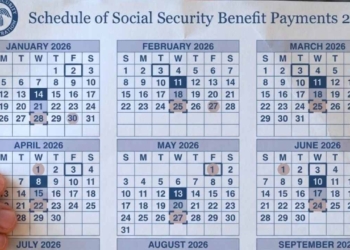The Supplemental Nutrition Assistance Program (SNAP benefits, formerly known as food stamps) is a nationwide federal program that helps low-income households purchase food. Each year, on October 1 (the start of the fiscal year), cost-of-living adjustments (COLAs) based on inflation and the Consumer Price Index for Food are applied.
In October 2025, these SNAP adjustments were combined with legislative changes stemming from the One Big Beautiful Bill Act (OBBB) of 2025, passed in July, and the federal government shutdown that began on October 1. These changes affect approximately 42 million beneficiaries nationwide, impacting benefit amounts, eligibility, and operations. A summary based on official sources and recent reports is provided below.
SNAP Increases: COLA Increases (Effective October 1, 2025)
The maximum monthly SNAP amounts are increasing slightly in the 48 contiguous states and Washington, D.C., to reflect rising food prices. However, the increase is modest (about 2-3%).
The minimum benefit for households of one or two people is increasing by just $1, from $23 to $24 per month. Income limits for eligibility are also increasing: for example, a household of one person must earn less than $1,696 per month (previously approximately $1,600), and a family of eight must earn less than $7,986.
List of SNAP maximum amounts in effect since October
In Alaska, Hawaii, Guam, and the Virgin Islands: Amounts vary due to higher local costs. In rural Alaska, a family of eight can receive up to $3,592 (an increase of $74). In Hawaii, there is no increase or even a slight decrease (e.g., from $1,751 to $1,720 for eight people).
Utility Deduction: Changes to the heating/cooling deduction (HCSUA) affect households without elderly or disabled individuals. Approximately 29,000 Oregon households will lose this deduction, reducing benefits by an average of $58 per month.
| Household Size | Previous Maximum (FY 2025) | New Maximum (FY 2026) | Increase |
|---|---|---|---|
| 1 Person | $292 | $298 | +$6 |
| 2 People | $535 | $546 | +$11 |
| 3 People | $766 | $782 | +$16 |
| 4 People | $975 | $994 | +$19 |
| 5 People | $1,155 | $1,179 | +$24 |
| 6 People | $1,386 | $1,415 | +$29 |
| 7 People | $1,532 | $1,565 | +$33 |
| 8 People | $1,751 | $1,788 | +$37 |
| Each Additional Person | +$219 | +$223 | +$4 |
| SNAP Maximum Monthly Benefits – 48 Contiguous States & D.C. | Effective October 1, 2025 *Higher amounts apply in Alaska, Hawaii, Guam, and Virgin Islands |
|||
Changes to Work Requirements and Eligibility (from the OBBB Act)
The OBBB introduces stricter restrictions, impacting an estimated 1.2 million people, primarily able-bodied adults without dependents (ABAWDs). They must work at least 80 hours per month (20 hours per week), be in training, or be seeking employment to maintain benefits beyond three months.
Exceptions include areas with unemployment >10%, veterans, homeless individuals, youth aging out of foster care, and adults aged 55-64. In states like Oregon, these benefits apply to specific counties (e.g., Multnomah) starting in October, with reviews upon renewal.
Eligibility for Non-Citizens: Refugees, asylees, and survivors of trafficking lose eligibility if they weren’t eligible before July 3, 2025. In Oregon, at least 3,000 people are affected; in Franklin County, Ohio, thousands of legal immigrants with green cards are affected.
SNAP-ED Funding: The nutrition education program ends its required funding in FY2025, with remaining funds available through 2026. Furthermore, starting in FY2027, states will cover 75% of administrative costs (previously 50-50). Starting in 2028, they will pay a portion of the benefits based on error rates. Around 313,000 people in Oregon and thousands in other states are expected to receive notifications of changes or loss of benefits by November.







